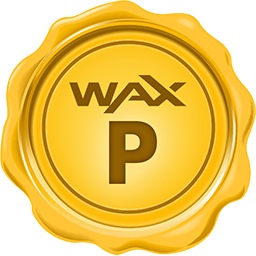Deep Dive
Alien Worlds merges gaming with decentralized finance (DeFi), letting players earn TLM by mining on procedurally generated planets. Each planet operates as a DAO, where staked TLM grants voting power over resource allocation and game rules (Alien Worlds Docs). The economy revolves around scarce resources, incentivizing competition and collaboration.
2. NFT-Driven Gameplay
NFTs are functional assets, not just collectibles. Players use tools (e.g., shovels, explosives) with varying Mining Power to extract TLM, while land NFTs generate passive income from miners. Rare NFTs enhance rewards or unlock battles, blending strategy with ownership (WAX Article).
3. Tokenomics & Governance
TLM serves dual purposes:
- In-game currency: Earned through mining, staking, or renting land.
- Governance: Staking TLM in planetary DAOs lets players vote on treasury distributions and game updates.
The ecosystem spans 13 DAOs (as of July 2025), fostering decentralized control over lore, missions, and economies (Alien Worlds Tweet).
Conclusion
Alien Worlds is a player-driven universe where NFTs and DAOs redefine ownership and governance. Its blend of mining, staking, and community-led storytelling creates a dynamic economy. Could decentralized governance become the standard for future blockchain games?





 Most Visited
Most Visited Community Sentiment
Community Sentiment Chain Ranking
Chain Ranking Bitcoin Dominance
Bitcoin Dominance Market Cycle Indicators
Market Cycle Indicators Relative Strength Index (RSI)
Relative Strength Index (RSI) Bitcoin Treasuries
Bitcoin Treasuries BNB Treasuries
BNB Treasuries Overall NFT Stats
Overall NFT Stats Upcoming Sales
Upcoming Sales Signals
Signals Trending
Trending New
New Gainers
Gainers Meme Explorer
Meme Explorer Top Traders
Top Traders Feeds
Feeds Lives
Lives Articles
Articles Research
Research